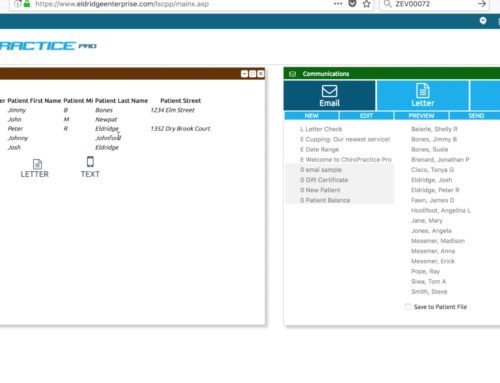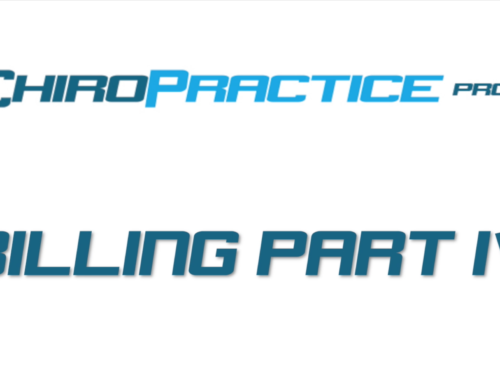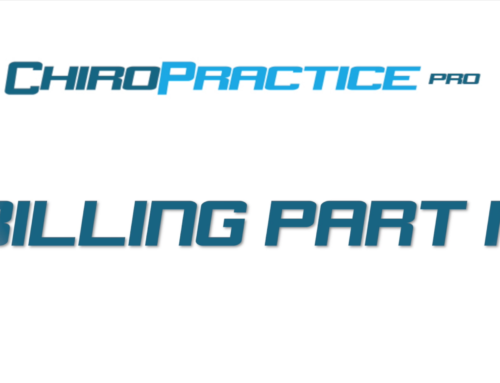Understanding Windows Better
Let’s talk a little bit about the individual windows. Each one is similar in design. Along the top is the window header. This shows the window type icon and the name of the window.
At the right side of the header is the minimize, maximize and the action buttons. The minimize button sends the window to the dock on the left side of the page. The maximize button fills the entire screen with the window and the action button shows a list of more things you can do with the window and it’s contents. More on that in a second.
Clicking and dragging the header moves the entire window. It will also bring the window to the front if it gets hidden behind other windows.
Along the right side of the window is an area where you can click and drag to change the width of the window. You’ll see the cursor change when you hover over this area. Similarly along the bottom is an area that changes the height of the window. In the lower right corner there’s a small area that you can click and drag that will change the width and the height atthe same time.
If we go back up to the action button, this shows a list of more items or actions that we can do with this window. The window’s actions will change depending on the type of window. All of them will have several items in common though.
First, is the delete action. This will delete the window permanently. To get the window back, you would have to create a new window with the same settings.
Second is the settings actions clicking this will open the settings page for this window. Here you can change the name of the window, the header color and size. What position the window will dock at and whether you want the window to auto update. The auto update is important if you want this particular window to interact with other windows. For example, if you have a schedule window that is set to auto update, when you click in the calendar window on a new date, the schedule will go to that date.
Finally, on the settings page you can select the content that is displayed in the window. We’ll go over the options for content of each window in another video. Settings are saved automatically as soon as you click away from the button, text or dropdown selection. To get out of the settings page click the button at the top that says “Click to Return” or click the action button and the settings button again.
Two other action buttons that are common to every window are the print button, which opens a new webpage with the content of the window in it so that you can print it and the refresh action, which refreshes the content of the window.
Hope this helps you understand the windows just a little bit more. If you have any questions, send us a help request or a message by clicking here.




